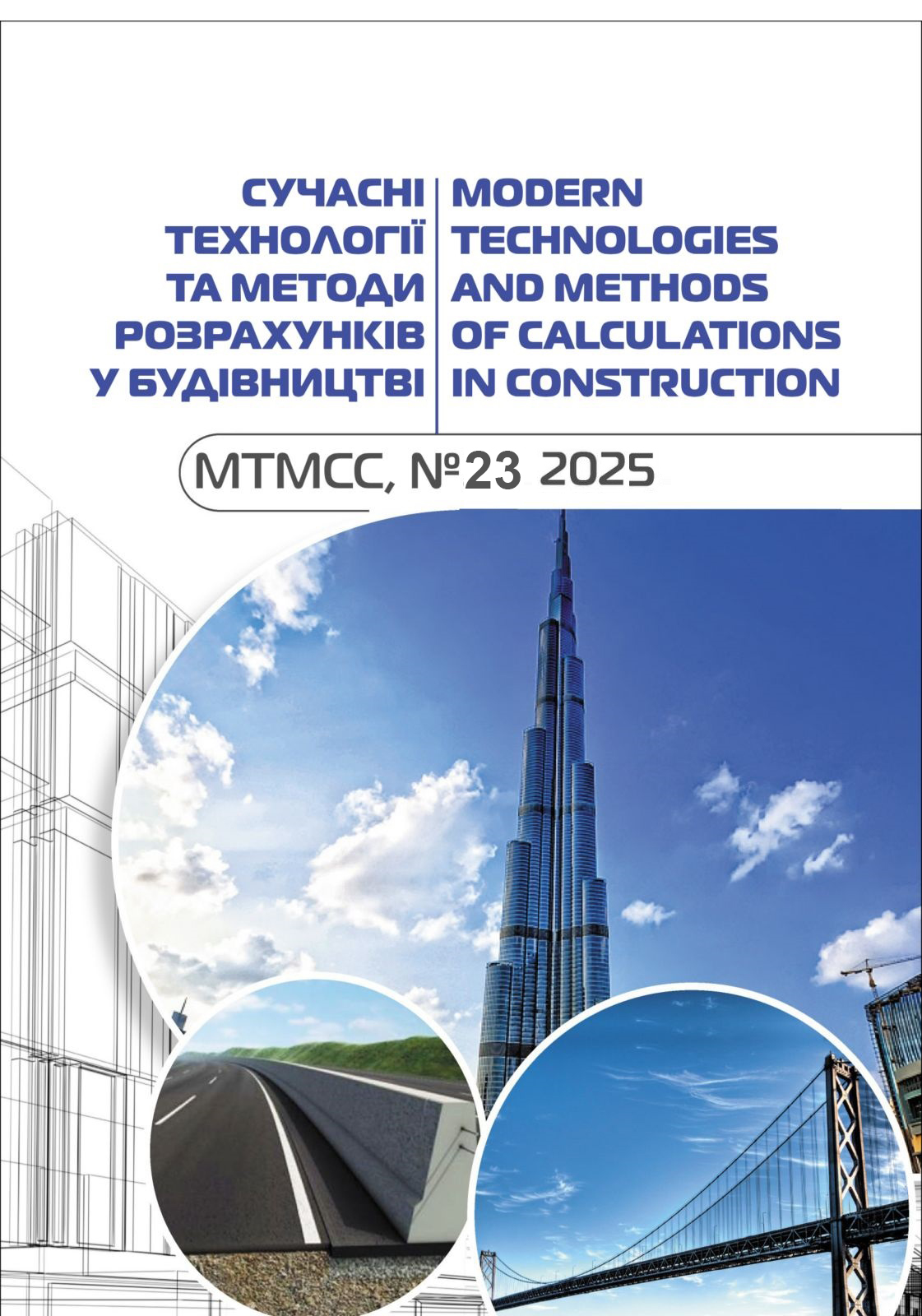Ways of post-war reconstruction of transport infrastructure
Abstract
The concept of sustainable mobility began to spread in the late 90s of the last century, simultaneously with the concept of sustainable development, and as one of its components. For the first time, the term "sustainable mobility" began to be used in the 2000s. Transport infrastructure is the main connecting link of all districts of the city, provides communication between regions, and should become one of the main drivers in the post-war reconstruction of Ukraine. One of the most important trends in urban development is the transition to the formation of a sustainable transport infrastructure, the main tasks of which are: reducing the demand for private transport and encouraging the use of more energy-efficient and environmentally friendly public transport modes (trolleybus, tram).
Even before the beginning of 2022, the KP "Severodonetsk Trolleybus Management" began to implement the concept of an environmentally friendly transport carrier. Road bridges have always played a strategic role, but during the hostilities, their importance in transport communication became critical, as they were partially or destroyed. The destruction of transport infrastructure, especially road bridges, which are the main means of communication for residents of the city of Siversko-Donetsk, as its residents have rail connections from Lysychansk and Rubizhne, where there are railway stations. Since 2014, hostilities have been taking place in the territory of the Luhansk region. The cities of Siversko-Donetsk, Rubizhne, and Lysychansk form the Lysychansk-Siversko-Donetsk agglomeration, the connection within which is carried out by two road bridges across the Siversko-Donetsk and Borova rivers. In 2014, they became unusable. Projects to rebuild automobile bridges across the Siverskyi Donets and Borova rivers and to lay contactless trolleybus routes are a very important factor in the restoration of the region's cities and the formation of a sustainable transport infrastructure of this agglomeration.








